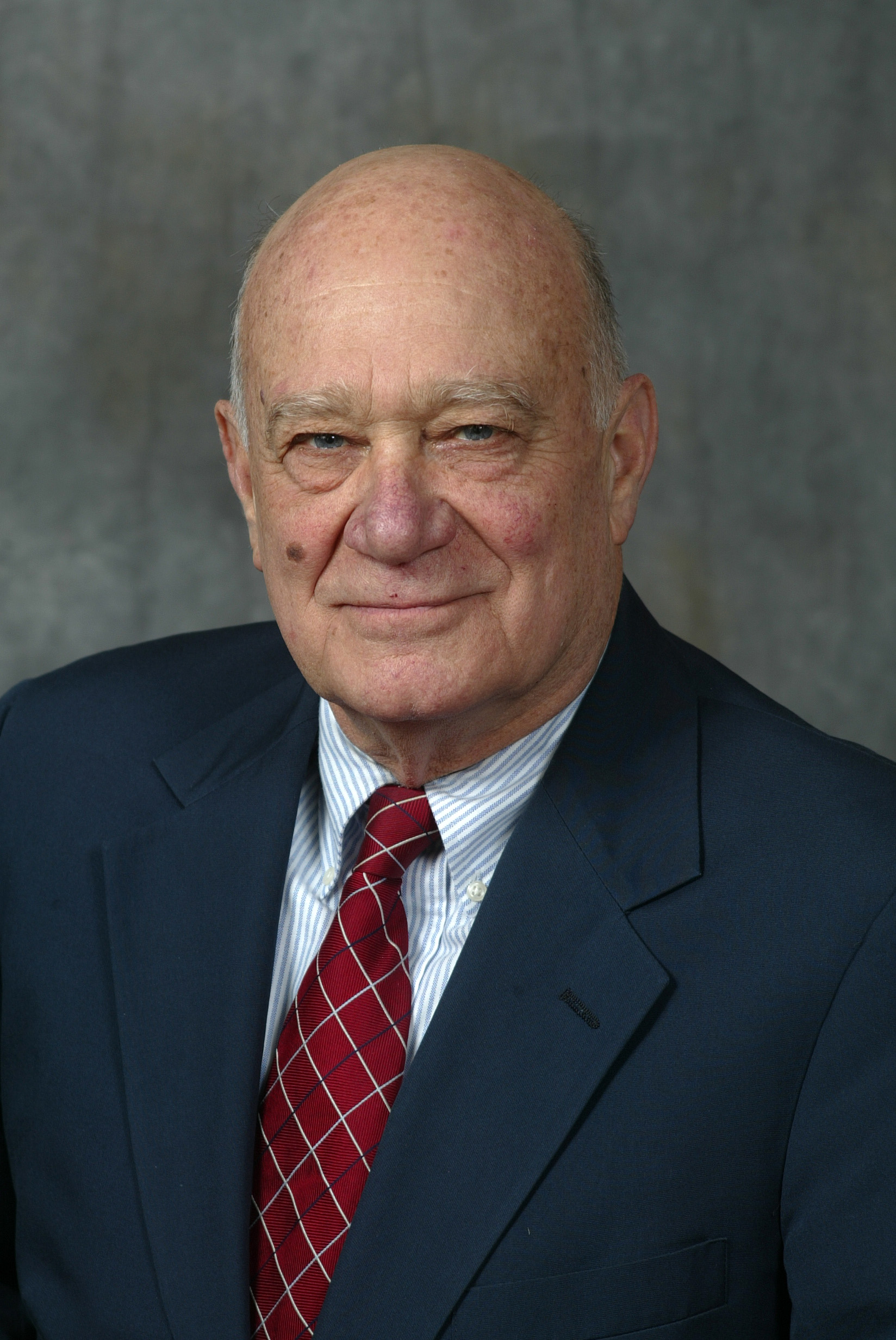By Michael D’Innocenzo
So what if most Americans continue to celebrate July 4th as our nation’s Independence Day? Does it matter that the revolutionary leaders considered July 2 as their legal action of separation from Great Britain?
On July 3 John Adams wrote to his wife Abigail:
“The Second Day of July 1776 will be the most memorable Epocha, in the history of America – I am apt to believe that it will be celebrated, by succeeding generations, as the great anniversary Festival.
“It ought to be commemorated as the Day of Deliverance by solemn acts of devotion to God Almighty. It ought to be solemnized with pomp and parade, with shows, games, sports, guns, bells, bonfires and illuminations from one end of this continent to other from this time forward forever more.”
As usual, the perspicacious Adams had a glimpse of futurity for Independence Day celebrations. He just had the wrong date.
Little known to most Americans is that what transpired on July 4 was the explanation for independence. As Jefferson’s document became publicized, it trumped the July 2 act for independence by the Second Continental Congress.
Adams deserves even more credit beyond his description of future Independence Day celebrations, however. Seldom is it mentioned that his letter to Abigail was three pages long with several significant perspectives (highly relevant for our political debate process for 2020 elections).
An earlier declaration of independence would have been salutary, Adams wrote to Abigail. “But on the other hand, the delay of this declaration to this time, has many great advantages attending it. The hopes of reconciliation, which were fondly entertained by multitudes of honest and well meaning tho weak and mistaken people, have been gradually and at last totally extinguished.”
“Time has been given for the whole people, maturely, to consider the great question of independence and to ripen their judgments, dissipate their fears, and allure their hopes, by discussing it in newspapers and pamphlets, by debating it, in assemblies, conventions, committees of safety and inspection, in town and county meetings, as well as in private conversations, so that the whole people in every colony of the 13, have now adopted it, as their own act.”
“This will cement the Union, and avoid those heats and perhaps convulsions which might have been occasioned, by such a declaration six months ago.”
Adams’ approach to transformational change in politics and society is worth bearing in mind during our current polarized political season. John Adams had confidence that Americans can engage in communities of discourse in which their views can “ripen” so that common ground for action is found.
Princeton scholar R.R. Palmer affirms Adams’ judgments when he highlights the distinguishing characteristic of the American Revolution as “the people as the constituent power.”
Historians note that Adams was critical of aspects of “democracy” during his long and complex political career (extending from the 1760s until his death on July 4, 1826). However, his letter to Abigail celebrates the deliberative process by which a citizenry makes informed and significant public judgments based on finding reliable data and on weighing costs, consequences and trade-offs.
Historians are attentive to “content analysis” – the significance and impact of the selection of words, their repetition and relationships. Adams, in his July 3 letter, masterfully celebrates how a citizenry can be mobilized to act. Check his words: “gradually and totally extinguished” positions held by “multitudes of well meaning tho weak and mistaken people.”
Adams does not dismiss those who are slow to share his views; he accepts a gradual process of persuasion for people who are “well meaning.”
Central to civic engagement is “maturely to consider” major questions, and in a free society to foster such discourse in “newspapers and pamphlets, conventions, town and county meetings, as well as private conversations.”
This repetition of Adams’ key words shows a confidence in the people as “the constituent power.” As we take note of record-breaking viewers for the initial Democratic debates, in our polarized political environment we may be encouraged by the July 2 perspectives from John Adams.
The late Harold Saunders (an architect of the Camp David accords) shares Adams’ pathways to conflict resolution and to finding common ground and compromises in his brilliant book “A Public Peace Process.” Those deliberative approaches, seeking to make democracy more effective, are currently boosted by the work of the Kettering Foundation and the National Issues Forums Institute.
Will today’s American citizenry approach the 2020 elections by following Adams’ model of seeking reliable data to make informed judgments? Will citizens take account of others’ views? Will voters come closer to common ground for the public good through extended discourse (public and private), permitting judgments the opportunities to ripen? Will we?



